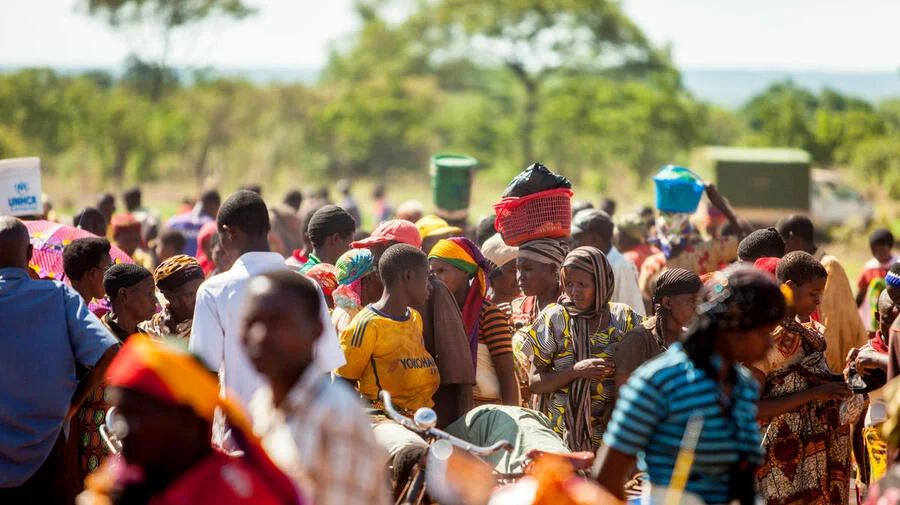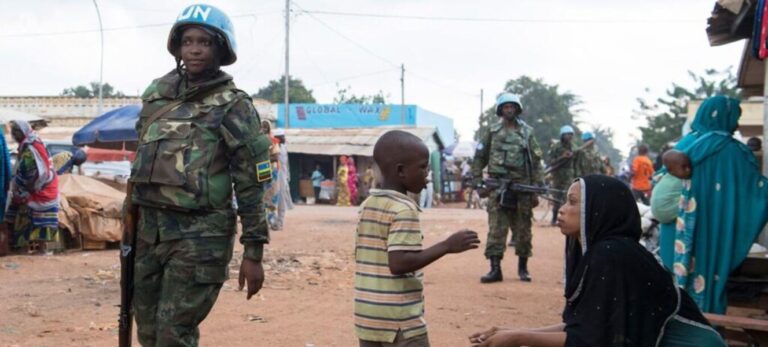
More than 257,000 Burundian refugees continue to live in precarious camps across East Africa, years after fleeing a political crisis that erupted in 2015, according to figures released by the United Nations High Commissioner for Refugees (UNHCR).
Despite relative stability returning to Burundi, the humanitarian aftermath of the failed coup attempt and political unrest continues to haunt the region.
The latest UNHCR data places the global number of forcibly displaced people at a record 123.2 million, with Burundians making up a significant portion of those still stranded in neighbouring countries within the East African Community (EAC).
Tanzania currently hosts the largest number of Burundian refugees at 103,780, followed by the Democratic Republic of Congo (51,595), Rwanda (50,136), Uganda (42,433), and Kenya (9,949). Many of these refugees have lived in limbo for nearly a decade, often in harsh and deteriorating conditions.
One of the most concerning situations is unfolding in South Kivu, eastern DRC, where some 45,000 Burundian refugees in the Lusenda and Mulongwe camps have reportedly gone without food assistance for more than six months.
Sharangabo Léopold, president of the Coalition for the Defence of Human Rights in Refugee Camps (CDH/VICAR), warned, “These people are caught between regional conflicts and international indifference.”
The ongoing insecurity in eastern DRC, exacerbated by armed confrontations involving Rwandan-backed factions, has only intensified the suffering of these displaced communities. As violence persists, so too does the erosion of hope for those trapped in cross-border turmoil.
Meanwhile, criticism has mounted against UNHCR’s handling of the crisis. Accusations of political bias and sluggish response have stirred disillusionment among both refugees and humanitarian observers.
Funding shortfalls and dwindling media attention are compounding the crisis, as donor fatigue sets in.
With no clear resolution in sight, the plight of Burundi’s refugees stands as a stark reminder of the human cost of geopolitical instability — and of the international community’s fading will to respond.



